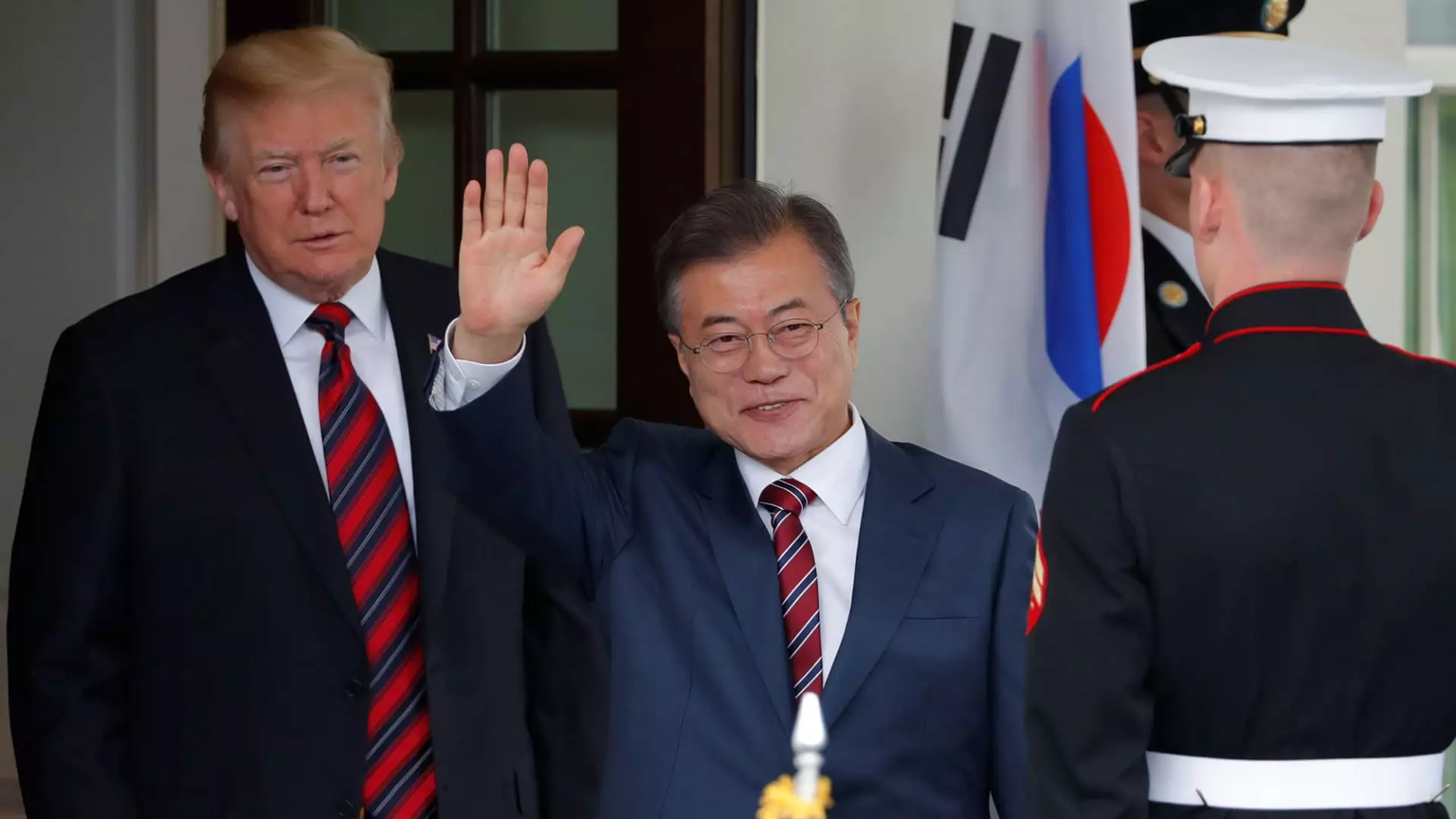In the ever-evolving landscape of the global auto industry, the prospect of increased tariffs on vehicles imported from South Korea and Japan presents both challenges and opportunities. As President Donald Trump raises the possibility of imposing additional tariffs, the repercussions for automakers and consumers alike could be substantial. This article delves into the current state of affairs, focusing on how tariffs may affect the auto market and the potential responses from various stakeholders.
The automotive sector has traditionally relied on established trade agreements to promote the free exchange of goods among nations. South Korea and Japan have become pivotal players in the U.S. auto import market, collectively accounting for a significant share of vehicle sales. In 2024, South Korea reached a record export level with 8.6% of new vehicles sold in the U.S.—surpassing Japan’s 8.2%—demonstrating its growing influence in the automotive landscape. While Japanese imports have faced a modest 2.5% tariff, South Korean vehicles benefit from a 0% tariff under a trade agreement renegotiated during Trump’s first term.
However, the looming threat of a 25% tariff on imports from Canada and Mexico has catalyzed concerns that similar punitive measures could undermine the viability of South Korean and Japanese manufacturers, who rely heavily on the U.S. market. Notably, businesses like General Motors (GM) and Hyundai Motor are positioned to feel the pinch more than others, given their extensive trade with these nations.
The Potential Impact on Automakers
Increased tariffs could create a domino effect, raising vehicle prices for consumers and potentially dampening demand. Such outcomes are not insignificant, as plants producing popular models in South Korea are intertwined with their U.S.-based counterparts; GM’s entry-level cars, for example, are largely derived from South Korean units. This raises pressing questions about the sustainability of current pricing and sales strategies should tariffs be enacted.
Jeff Schuster, a global automotive research vice president, highlights the vulnerability of automakers like Hyundai and GM, given their reliance on imports from South Korea. While Hyundai has taken the lead as the largest exporter of vehicles to the U.S., this position is precarious amidst an ever-changing trade climate. Not to be overlooked, the continued increase in South Korean vehicle exports presents a competitive challenge to Japanese manufacturers, with firms like Toyota, Nissan, and Honda already facing pressures domestically.
The automotive industry is touted for its remarkable adaptability. Terence Lau, a former trade expert, emphasizes that while the industry can recalibrate in the wake of tariffs, such adjustments will take time and strategic consideration. Notably, a tariff of 10% or higher could significantly impact profit margins across manufacturers. Lau’s insights reveal the broader implications of tariff policies on consumer behavior and corporate profitability, suggesting that a comprehensive tariff approach may be necessary rather than piecemeal adjustments that favor some businesses over others.
The sentiment is echoed by Ford Motor CEO Jim Farley, who argues for an equitable tariff structure that applies uniformly to all foreign competitors, rather than selectively focusing on certain countries. The underlying concern here rests on a sense of fairness in a highly competitive market, where U.S. automakers risk being at a disadvantage when faced with biases in tariff implementation.
The uncertainty surrounding potential tariffs continues to reverberate throughout the industry, leaving automakers in a state of limbo. The decision-making prowess of companies like GM and Hyundai will need to adapt, clearly taking into account the potential additional costs associated with tariffs. Meanwhile, U.S. lawmakers are additionally strategizing around the complexities and implications of such policies, aiming to carve the most equitable and beneficial trade scenario for domestic manufacturers.
As the clock ticks closer to the planned announcement of potential tariffs, stakeholders across the automotive landscape will be keenly observing and reacting to the outcomes. For now, the auto industry remains caught in the crosshairs of broader trade negotiations that may reshape its foundational dynamics.
While tariffs could bring significant challenges, the automotive industry has repeatedly demonstrated its resilience. Comprehensive approaches and open dialogue will determine how automakers can continue to innovate and compete in an increasingly complex and competitive global market.


Leave a Reply